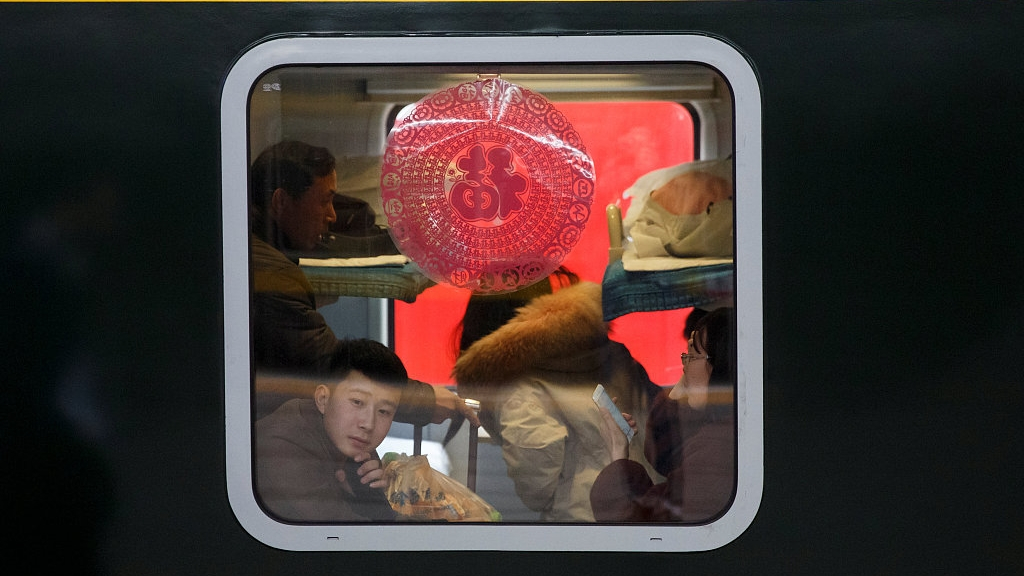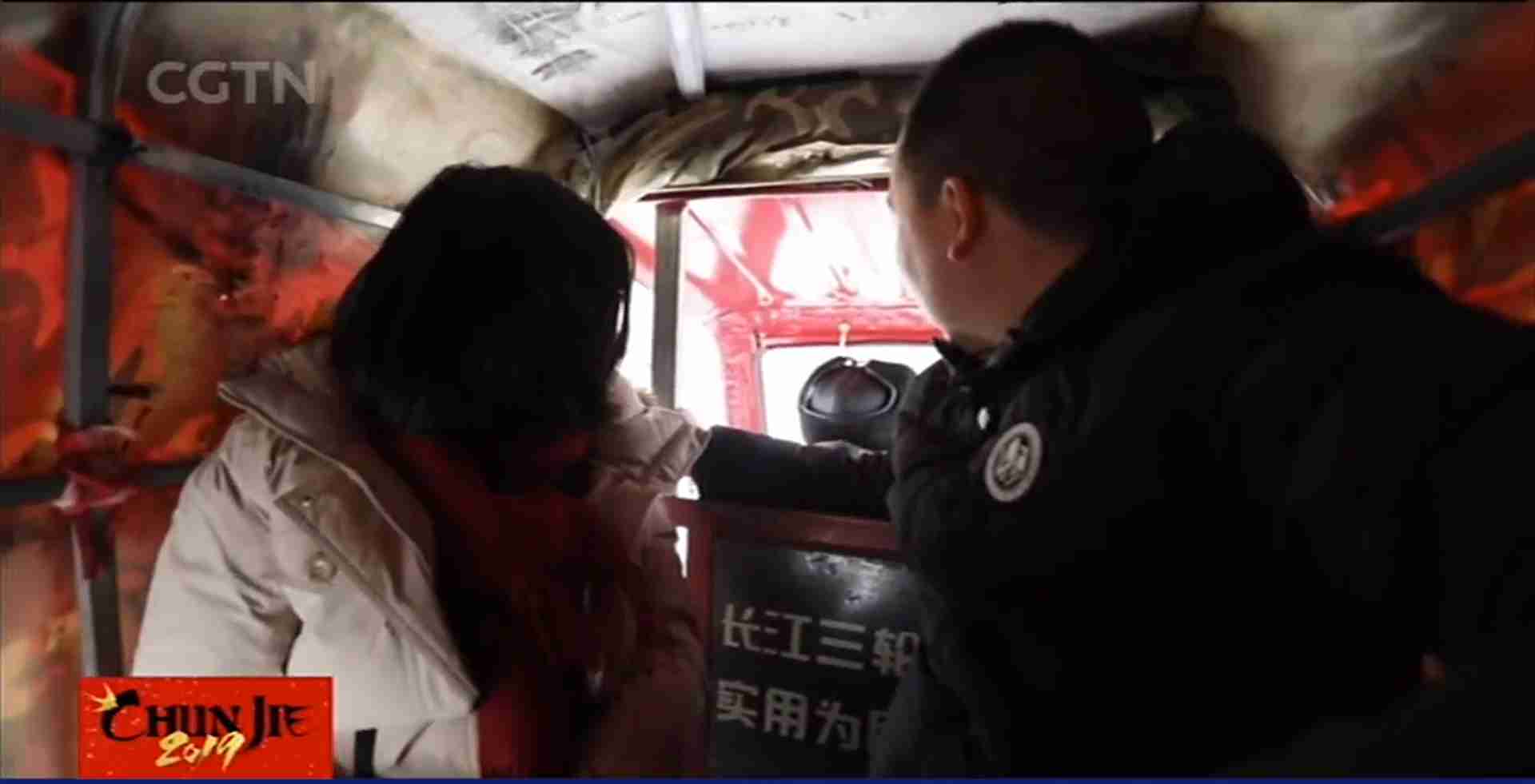
Culture China
19:44, 01-Feb-2019
Spring Festival travel mission: Closing the last mile gap from home
Updated
20:20, 01-Feb-2019
By Feng Yilei
03:02

Of the hundreds of millions heading home for the Spring Festival holiday, many need more than just a train or airplane. To find out what some in that situation are doing, we followed returnee Luo Jianhong on his long journey home to central China's Henan Province.
After a train ride from Beijing -- 13 hours on a hard seat -- Luo arrived in Nanyang city at four o'clock in the morning. His journey back home just got started as there's a six-hour road trip ahead for him before reaching his village. On the plaza outside the train station were options for Luo's next leg of his journey, varying from unlicensed hired vehicles to taxis. Sharing a ride requires a bit of luck, but not on this freezing winter night. He finally decided to go for a transit bus, which is cheaper and safer.
Less expensive generally means less flexibility. Luo told us that there was only one direct bus each day to the town he is heading to. And for a man eager to rush home, he had no choice but to make a connection in the county and to suffer from the back and forth. Luo said the good news was that passengers have more alternative options now and had no need to worry about bus tickets being sold out. Moreover, road conditions have gotten better, which save returnees a lot of time.
But for hundreds of millions living in remote areas, the situation is still critical in many ways. As we moved ahead from town to village, we got to areas that are out of reach of public transportation. Motorcycles are the most popular way to get around among the villages. Luo took a three-wheel motorcycle for us as a favor, but my cameraman and I were overcharged as outsiders. But after all, this gray-market, bumpy ride finally brought Luo Jianhong to his wife and children.

People takes a three-wheel motorcycle to reach their home in rural area during the Spring Festival travel season. /CGTN Photo
People takes a three-wheel motorcycle to reach their home in rural area during the Spring Festival travel season. /CGTN Photo
Nationwide, efforts to connect long-distance transportation with short-distance means services such as tube trains, taxis, or rural buses are already underway. Zhu Xianmin, the deputy director of Nanyang coach station, said they had increased the number of trips to make sure every passenger can get a ticket and hop on a coach to towns and villages whenever they come.
More private cars and better digital technology have also addressed this major issue. More and more Luo's fellow-villagers are sharing their cars or seeking point-to-point trips on social media and mobile apps. Dida, a mobile transportation platform, reports that ride sharing has become a fast-rising complement to public transport during the Spring Festival travel rush. Li Yuejun, the company's deputy COO, said right now their business volume is still relatively small in small cities. But in general, both demand and supply are growing and they had taken a series of steps to deal with regulatory and safety issues to make it bigger.
China's transportation ministry has also laid out plans for 2019 to strengthen highway construction, and promote data-driven transportation platforms that link villages. With public transport and driving technology adding fuel to the last mile home, Luo Jianhong's New Year's resolutions may come true: the trip to reunite with his family next year can hopefully be easier, cheaper, safer and faster.
(Cover: Travelers sit in a train at Beijing Railway Station during the annual Spring Festival travel rush ahead of the Chinese Lunar New Year, China, January 31, 2019. /VCG Photo)

SITEMAP
Copyright © 2018 CGTN. Beijing ICP prepared NO.16065310-3
Copyright © 2018 CGTN. Beijing ICP prepared NO.16065310-3